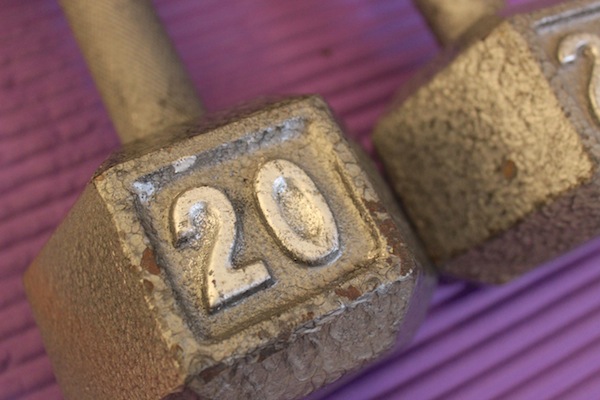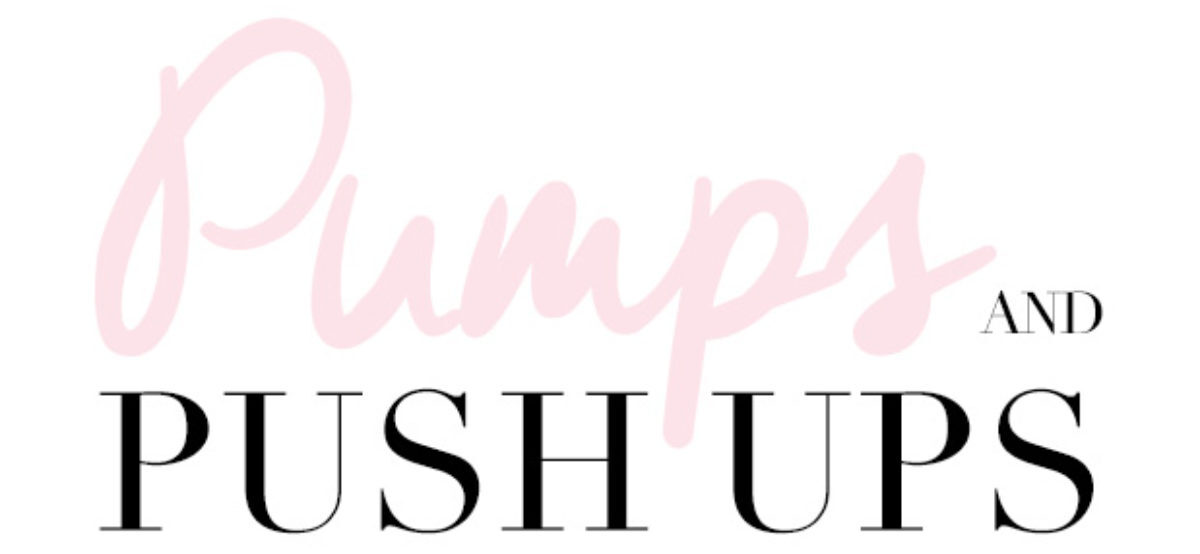
In the world of fitness and dream bodies, a common theme is the desire to be ‘toned’. Many women approach me asking for a tighter backside or nice abs.
When I tell them they need to lift weights in addition to an efficient cardio routine, I can often sense some hesitation. Although it has been proven that lifting a weight that is heavy for you will build muscle, create that toned look you’re seeking, will burn fat and boost your metabolism; there is still that underlying fear that large weights will make you seem bulky. I can tell you, they will not! The notion of ‘bulking up’ is actually something athletes work hard to achieve, not something that just naturally occurs when you pick up a weight.
So, once you’ve jumped on the bandwagon and are ready to start seeing some muscle growth, you’re wondering where to start! The answer is dependent on a lot of variables and is why you probably will not find a lot of advice our there telling you exactly what size weight you should be lifting.
You will have to do a little testing on your part. You could visit a personal trainer and undergo 1RM testing which is basically seeing how much weight is your one rep maximum and then calculate out what 60-70% of your 1RM is and lift that…or in a much simpler way, you can rely on how you feel with different levels of weights.
Go to the sporting goods store, if you’re buying your own or the gym and start with light weights and move up, testing your tolerance.
The key to muscle growth is to fatigue the muscle by 8-12 reps. So if by the end of the set you feel like you almost could not repeat that last rep and felt a great burn, then that weight is great for you. If it was too easy and you barely broke a sweat, you may want to move up in weight. On the other side, if you could barely complete 5 reps, you need to go down in weight.
You will want to complete 2-4 sets of 8-12 repetitions with the weight, which can be done with the same weight and repetitions or can be done by lowering your weight and increasing your repetitions up to 15 or by upping your weight and lowering your repetitions to 8 reps.

For the average healthy adult who has been sedentary previously, starting without any weight at all can show some benefit. The goal is to create fatigue in your muscles with a certain amount of repetitions, so if no weight at all gets you there in the beginning, that is perfectly fine.
Your upper body will require lighter weights than your lower body and smaller weaker, joints and muscles, such as your shoulders and triceps will need even lighter weights than your biceps or back muscles.
If you want to continue to progress and build more muscle, you will want to continue to overload your muscles. So, say after 4-6 weeks of lifting the same weight you’re starting to feel like your workouts are getting easier, you can increase your reps or sets with the same weight until you feel fatigue or you can increase the weight to feel fatigue within the amount of reps you are used to. If you are absolutely happy with where you are and just want to maintain your physique, you can do so by lifting the same amount of weight.
Keep in mind you do not want to resistance train the same muscle group day after day. Those muscles need 48 hours to rest. So, if you’re doing full body training, you will want to only train 3 days a week. You can also train upper body one day, then lower body the next. Or you can separate your training into muscle groups; legs, back + bis, triceps and chest, core, shoulders, etc. Whichever style you prefer!
To give you a generalized example; for the adult female beginner:
Shoulders: no weight – 5 lbs
Triceps: no weight – 5 lbs
biceps: no weight – 10 pounds
back: no weight – 15 pounds
lower body: no weight – 15 pounds
Now go give resistance training a go and surprise yourself. You’ll be strong and lean before you know it!
***This information is not tailored to the individual and does not take into account individual health concerns or the individual’s age. It is a generalized guide, not to be taken as personal advice. Always consults your physician before starting any new fitness routine.
Sources: Pescatello, Linda S. ACSM’s Guidelines for Exercise Testing and Prescription. Philadelphia: Wolters Kluwer/Lippincott Williams & Wilkins Health, 2014. Print.


